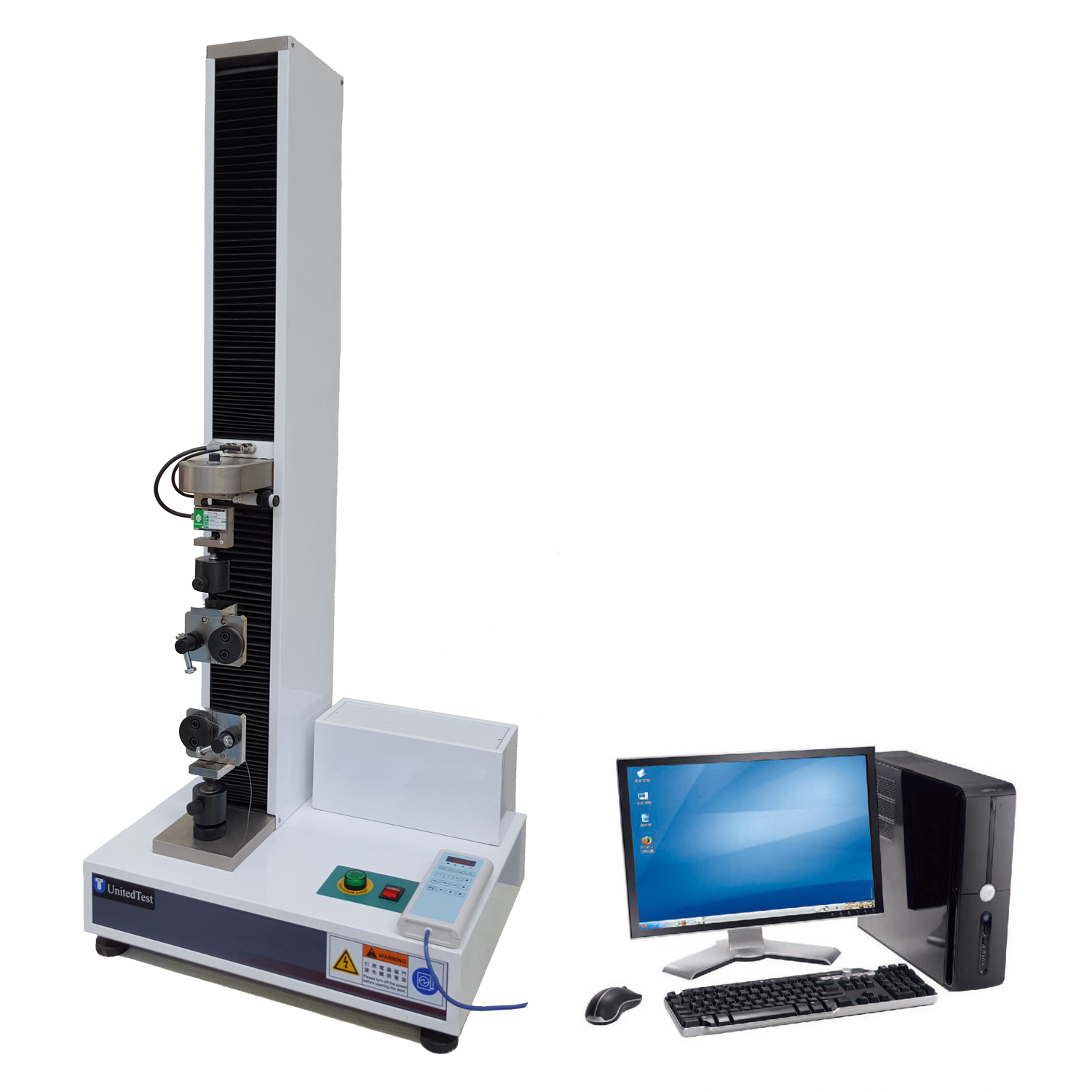Deep Guide for T peeling test of Adhesives, ISO 11339, ASTM D1876
These standard specifies the method for conducting T-peel tests on adhesives on flexible materials and flexible material bonding components to determine the adhesive's peel resistance performance. The following are standard operating procedures and key points:
1. Sample preparation
Sample shape: Two flexible adhesives are bonded together to create a T-shaped sample with a width of typically 25 mm.
Adhesive area: Ensure that the adhesive area is flat, free of bubbles, and cured or dried according to the requirements of the adhesive.
Preprocessing: Depending on the material and application requirements, it may be necessary to balance the sample under specific temperature and humidity conditions.
2. Testing equipment
Tensile testing machine: Use an electronic tensile testing machine with the required accuracy.
Fixture: Equipped with a dedicated T-shaped peeling fixture to ensure that the two peeling arms of the sample can be firmly clamped and well aligned.
Data collection: The device needs to be able to record changes in peeling force in real time and generate force displacement curves.
3. Test Settings
Peel speed: Set according to standards or material specifications, it is commonly within the range of 100 mm/min (such as medical tape 3) to 300 mm/min, and may be lower for specific materials (such as aluminum foil film with 3 mm/min).
Testing environment: Usually conducted at room temperature (23 ± 2 ° C) and standard humidity. If special conditions are required, they must be clearly marked.

4. Testing steps
Installation fixture: Securely install the T-shaped peeling fixture onto the testing machine.
Clamp the specimen: Vertically clamp the unattached ends (peeling arms) of the specimen into the upper and lower fixtures, ensuring that the specimen is centered and aligned with the axis.
Parameter setting: Select the T-shaped peeling mode in the control system and enter the set peeling speed.
Start test: Start the testing machine, and the sample will be peeled off at a constant speed.
Data recording: Real time recording of the peeling force throughout the entire peeling process, and the system automatically calculates the average peeling strength (unit: N/mm or kN/m).
Observation phenomenon: Record the delamination failure mode (such as cohesive failure, interface failure, or material failure).
End of experiment: Stop the equipment when the sample is completely separated, remove the sample and record the final state.
5. Result report
The report should include the average peel strength, peel strength curve, testing speed, environmental conditions, sample size, and failure mode.
Note: This method is mainly used to compare the peel performance of adhesives and does not directly provide design data 1.
Key precautions
Fixture Neutrality: Fixture installation and sample clamping must be precisely aligned to avoid the generation of torsional forces that may affect the results.
Peeling speed: Speed is a key parameter that affects the peeling force and must be strictly executed according to the selected standards.
Data validity: Unstable data at the beginning and end stages of stripping should be excluded, and the average value of stable stripping segments should be taken
Test sample size: is width 25mm, length 200mm and bonded together.
Test equipment: recommend UnitedTest WDW-5Y single column tensile testing machine, or WDW-10Y Dual columns universal testing machine.
Test device used: UnitedTest Peel Resistance for Adhesives, T-Peel Test
Beijing United Test Co.,Ltd. export@unitedtest.com offer the universal testing equipment of T peeling test of Adhesives, ISO 11339, ASTM D1876 Contact us now : export@unitedtest.com, unitedtest@hotmail.com












